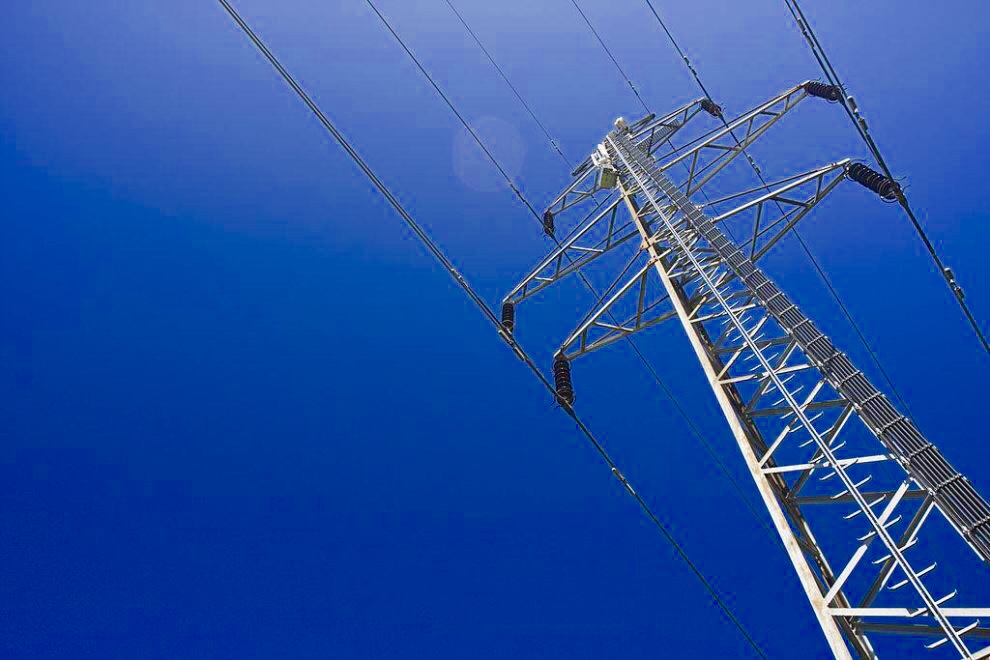Africa’s second largest copper producer Zambia is in urgent need of energy surgery as it’s power deficit deepens. The power utility recently announced an 872Megawatt electricity bottleneck widening from 700 MW two months ago due to decline in energy generation at its Kariba, Itezhi tezhi and Kafue gorge station which has resulted in extended rolling blackouts of over 15 hours.
Business activity has severely been impacted with the cost environment elevating due to not only autopsy effects of load management but lack of money and waning aggregate demand evidenced by a contracted Purchasing Managers Index (PMI) of 48.3 in October (<50). Zambia has been in contraction for 14 months straight with drivers gravitating around an elevated cost environment.
The Zambia Statistics Agency (ZSA) in its October bulletin reported 2.2% growth for second quarter of 2019 from 2.3% in the first quarter. With a worsening energy crisis in the second half of the year, we forecast subdued growth to below first half levels.
“PMI is a proxy for gross domestic product growth for which Zambia is still in the woods given a deepening energy crisis and lack of money in the economy. Zambia risks missing its 2.2% annual growth target should the blackouts persist,” Mutisunge Zulu an Economics and Financial Analyst said in a morning note on MoneyFMs Behind the Markets show. Energy woes transmitted to the business ecosystem affecting the meat, ice, restaurant, hotels and SMEs, he said.
Zambia is in talks with Eskom the South Africa power utility for energy imports of 300MW. Energy inflation effects remain high as most manufacturers pass on costs to consumers through higher selling prices.
The Kwacha Arbitrageur

